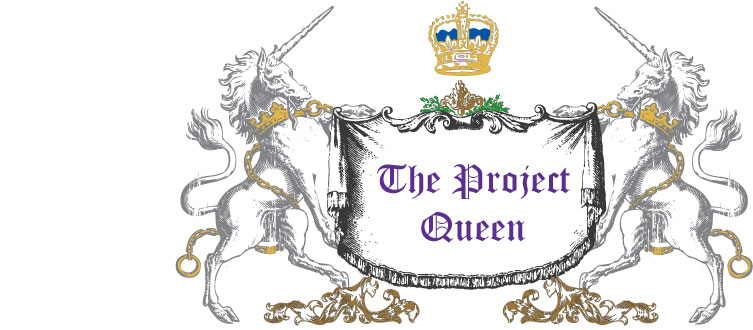One advantage to living in Texas is the expectation
of harvesting fruit earlier than some other parts of the country. I’ve been
picking strawberries out of my little “patch” for almost a month now, and the
peach trees have fruits on them that are about the size of a ping pong ball.
Ah, the peach trees. I dreamed of having them for
many years, even when we lived in zone 4 NW Iowa (too cold). Then we moved to
Texas, and I waited until we were in the midst of a drought to finally plant my
fruity babies. They’ve managed to survive. They’re also more than twice their
purchase size now. This is their second year of fruit production, and I have
high hopes of enjoying tree-ripened peaches in July.
Just like it is for all gardeners and farmers, some
aspects of the process are out of my control. Such as temperatures. Like the
rest of the country, we had unusually cold temps this winter for a longer
period of time. Peach trees do need a sustained cold period, and one downside
to planting them here is a cold period that’s often too short. My trees usually
don’t go dormant until the end of December or sometime in January. Then they
bloom by Mid-March. This year we had a couple of storms with temps cold enough
to coat everything in ice. The ice and cold wind certainly gave me cause for
concern, and did have some effect; especially on the taller yellow peach tree.
The top tips bloomed and leafed out last. On both trees, the majority of the
fruit is going to be on the center and lower branches. (Easier to pick, so I
won’t complain.) The upside of the cold? So far, the fruit has lovely, blemish
free skin. (Last year it had little dark spots.)
There are a few things I learned that will hopefully increase my odds. (And maybe yours too.) First, make sure your trees are secured from any food hounds in your household. We own 5 dogs. (Don’t know how that happened. Two of them are mine.) They make a great squirrel posse, but Belle, the oldest of the 3 Labrador Retrievers, is a voracious bottomless pit. The peach trees were half-heartedly fenced last year, so she ate every peach she could reach well before any of them were ripe. Just goes to show you can’t under-estimate a bionic nose. Now, the fence is assembled correctly. Keep the suckers off the bottom of the trees. I fell behind. When I finally got around to checking on my trees this winter, the white peach had a sucker that practically needed a chainsaw to remove it. Don’t bother thinning the baby fruits. I did that last year, than found that a lot of the remainder got knocked off the trees during storms, etc. Make weed, disease and water control easier on yourself. Put down landscape fabric and mulch. Be generous with the mulch. Since my trees are fenced in their own enclosure, the landscape fabric and mulch cover the entire area.
We still aren’t out of the drought, so I’m mulling my
options for efficient watering. Drip irrigation will be coming to my yard after
other projects are finished. In the meantime, I will probably resort to an
unused soaker hose lurking in one of the deck boxes. I did consider placing a
couple of five gallon buckets with holes drilled in the bottom next to the
trees. But I don’t want to create a mosquito farm. I’m sure my neighbors don’t
want that either.
So far, I’ve only been crazy enough to check on the
fruit once a day. The rest of time it’s just a quick check throughout the day to
make sure Belle is respecting the boundaries. I’ve resisted counting the fruit
because I want to be pleasantly surprised when it’s time to harvest.
The
Project Queen


No comments:
Post a Comment